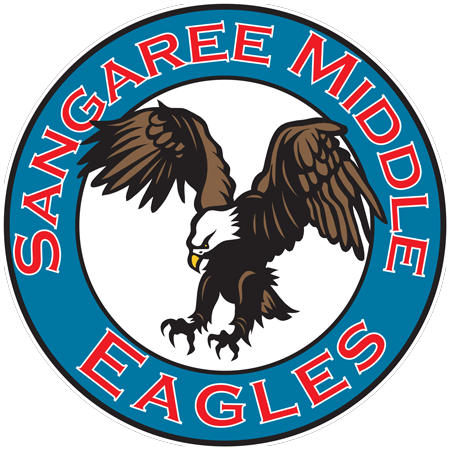Sangaree Middle is one of five finalists in the state to receive funding through the Samsung Solve for Tomorrow competition.
As a state finalist, the school is automatically receiving $2,500 that will be used in seventh-grade science classrooms, but the school could potentially earn more.
This is all thanks to seventh-grade science teacher Dr. Michelle Norwood, who applied for the grant last November, and plans to use the funding to help students grow – and hopefully eat and enjoy – their own healthy produce at school.
Each year, Samsung hosts this $2 million national competition for public schools, grades 6-12, in which schools explore the role that science, technology, engineering and math (STEM) can play in solving issues in their local communities. Teachers from schools that are at least 50 percent publicly funded are eligible to compete.
Norwood is in her 10th year at Sangaree Middle and was named the school’s Teacher of the Year in 2020. She has taught a total of 25 years.
She applied to the competition in response to the impacts of ongoing growth in the area, and how the region has lost a lot of farmland, natural habitats and resources to industry.
“We have a big environmental science unit in seventh grade, so I was kind of bouncing off of that,” she said.

Norwood said her school has previously done food tastings, and over the past year she has noticed students who have not tried out fresh produce like raspberries and kiwi.
“I was thinking…wouldn’t it be great if we could grow some of our produce here at the school, and have it available here at the school?” she said.
Her plan is to use funding from the competition to introduce students to hydroponic gardening, where students can design and build their own hydroponic systems using recyclable and readily-available materials – which is where the STEM methods come into play. The students will be able to grow their own produce with these systems.
The first phase of the plan involves students investigating the effects of population growth on habitats and farmland, and exploring solutions to problems they have uncovered. In the second phase, students will install hydroponic gardens in their class to test this method as an option for gardening local produce and wildflowers that can be reintroduced into the school and surrounding areas for habitat restoration.
The final phase will have students utilizing the engineering design process to develop a sustainable cost-effective method of hydroponic gardening that can be developed from recycling or inexpensive material.
The area is part of the monarch butterfly migration pathway, so Norwood also wants to use additional funds to establish butterfly-attracting plants around the school. However, her primary focus is the hydroponics systems.
“I knew I wanted to do something when we gave the kids raspberries and they were like, ‘What is this fuzzy thing?’” she said. “It hit home how sometimes people take for granted the accessibility we have to different fruits and vegetables…These students live in our community and if they could find ways to garden little things themselves in the community, they’re helping rebuild the habitats.”
The 50 state winners will receive $12,000, and of those winners, one could potentially win the Sustainability Innovation Award, priced at $50,000.
Ten state winners will be named National Finalists and receive $50,000.
Three National Winner schools will receive $100,000.
There is a lot of money on the table – but Norwood is grateful to have made it this far.
Norwood finds out in February if Sangaree Middle is a State Winner. If Sangaree Middle is fortunate enough to earn more funding, Norwood would like to eventually expand the hydroponics systems beyond the seventh-grade science classrooms to all three grade levels.
“It’s exciting,” she said. “I’m proud of what I wrote and I really would love to get it off the ground.”

